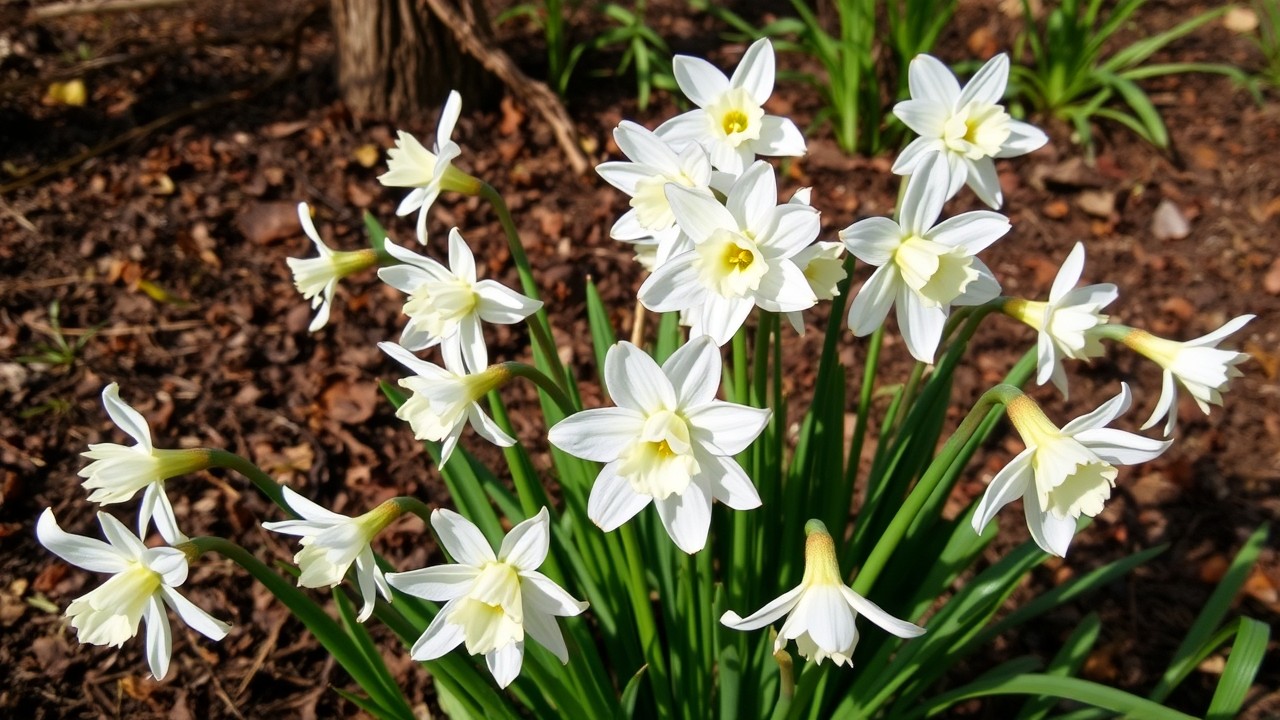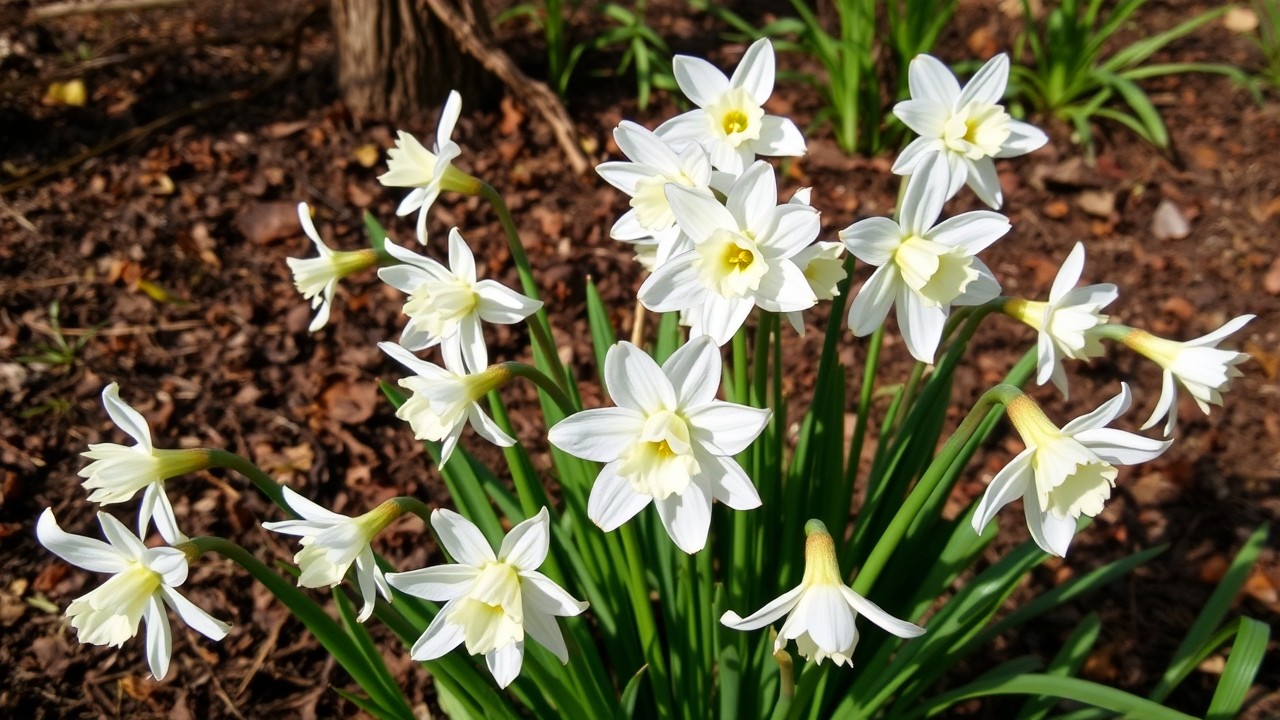Growing Christmas plants in a greenhouse can be a rewarding project due to the variety of stunning and unique plants that can be cultivated for decor. These indoor Christmas plants will add visual and aromatic appeal, therefore being an excellent choice either for personal use or as a gift during winter festivities. When properly planned, the production cycle of these specialty crops can optimize the use of greenhouse winter gardening space for a high income-to-space ratio.
Why Growing Instead of Buying Holiday Plants
While there is an initial investment in setting up a greenhouse and purchasing materials, the long-term savings are substantial. Most winter flowering plants can be maintained for years, and many can be propagated, effectively eliminating the need to purchase new holiday plants annually and saving you a lot. Christmas plant propagation techniques allow you to expand your collection while potentially creating thoughtful, homegrown gifts for friends and family.
Growing alternative Christmas plants not only diversifies growers’ products, but also aids in cash flow management, whereby the cost of production is spread over a large period; this means the growers need not hurry to sell plants during months when such sales are not timely, but they can focus on selling during times that are most economically rewarding.
Easy-to-Grow Christmas Plants (Beginner Level)
If you're new to greenhouse Christmas plants, start with these foolproof options:
Christmas Cactus
The Christmas Cactus is one of the greenhouse favorites that pays off with cascading pink, red, or white flowers. The soil should be equally mixed with potting soil and perlite to allow good drainage. Water copiously when the top inch of soil feels dry, but never let the plant stand in water. Bright indirect light does the best; however, it will tolerate full sun just not too intense. For inducing blooms, provide 12-14 hours of complete darkness from October onwards, making them perfect Christmas greenhouse decorations.
Paperwhite Narcissus
These winter-blooming plants are perhaps the easiest bulbs to force with proper holiday plant care. Plant the bulbs in shallow containers filled with a layer of pebbles or decorative stones, setting the bulbs side by side but not touching each other. For stronger stems and more compact growth, once shoots are 1-2 inches tall, splash a little alcohol into the water-one part alcohol to seven parts water. Change the water when necessary but always keep it at the same level throughout the growing period. These festive greenhouse-growing favorites should begin to bloom 4-6 weeks after planting, adding beauty to your display of winter greenhouse flowers.

Kalanchoe
To the greenhouse grower, kalanchoe is a no-fuss, sure source of color. Plant them in a very well-draining succulent mix and place them in bright light, with some direct sun during winter months. Provide temperatures from 65-75°F, with no cold drafts. This application starts flowers for holiday uses, making them a popular choice among Christmas plants to grow.
Intermediate-Level Holiday Plants
For gardeners ready for more challenges:
Christmas Rose (Hellebores)
Christmas Rose requires a little patience but is sure to supply handsome flowers during the coldest of months. Set them in well-draining, enriched soil prepared with organic matter. Partial shade is preferred especially in the greenhouse when afternoon temperatures start to rise hot. If possible provide temperatures from 45-65°F; they really flower better with cool temperatures. Water regularly but avoid waterlogged soil conditions. Remove old leaves in late winter before the flower stems emerge to showcase the blooms better. These plants often take 2-3 years to establish and bloom well, but once established provide dependable winter color for many years, becoming cherished Christmas greenhouse decorations.
Winter Jasmine
Plant Winter Jasmine in well-draining, rich soil; support vining growth with a trellis or other structure. Keep temperatures between 55-65°F/13-18°C. Winter jasmine needs regular pruning to keep it in shape and give continued blooming. Watering should be done regularly but moderately. Allow the first inch or two of topsoil to dry out between watering. Prune and train vines to grow horizontally across supports. Many flowers will occur on horizontal branches, so this technique contributes to beautiful winter greenhouse flowers.
Christmas Pepper
Christmas Pepper fruits add unexpected interest to holiday displays. Sow seeds indoors for 3-4 months before the desired bloom time. Sow seeds in good seed starting media and hold at 70-75°F/21-24°C for germination. Stand back from heat once up. Some direct sun is beneficial. Keep soil consistently moist but not waterlogged. Eventually, these berries will color from purple to red and continue to be an attraction for many weeks, offering a unique take on indoor Christmas plants.
Challenge-Worthy Festive Plants (Advanced Level)
For experienced greenhouse gardeners seeking unique winter-blooming plants:
Christmas Orchids
The most common variety offered for Christmas blooming includes Phalaenopsis, although some varieties of Cattleya also bloom in winter months. Plant them in specialty orchid medium which offers excellent drainage and aeration around the roots. With orchid fertilizer, once a week during active growth; and once a month during flowering, making them stunning Christmas greenhouse decorations.
Jerusalem Cherry
Start seeds indoors early in spring in soil with temperatures at about 70 to 75°F for germination, bright light, and temperatures of around 65 to 70°F with seedlings. Transplant into larger containers in rich, well-draining potting soil. Plants often do well with regular pruning to keep them compact and bushy. Feed them with a balanced fertilizer once every two weeks until fruits start appearing; then shift to a low-nitrogen formula. Assure a good fruit set by hand-pollinating flowers with a small brush. With proper holiday plant care, the ornamental fruits will slowly color from green to bright orange.
Christmas Berry (Ardisia crenata)
These slow-growing alternative Christmas plants require patience and very specific growing conditions. In spring, plant young plants in an acidic, well-draining potting mix enriched with organic matter. Provide bright, indirect light-morning sun will be quite welcome-but it must be well shaded from strong afternoon sun. Feed monthly during the growing season with an acidic fertilizer, such as that used for azaleas. Berries form on mature plants after small white flowers, taking several months to brighten to bright red. Berries persist for several months creating a long holiday display.
Long-Term Maintenance of Greenhouse Christmas Plants
With all these plants, during the shorter days of December and January when temperatures are mild, quality is maintained and a vibrant color is promoted without excessive growth. As light levels increase, especially during the warmer months, some plant genera can have rapid growth and leaf flecking.
From March to September, the major concern is the growth regulation of the subsequent plants that are scheduled to bloom by Christmas. This involves judicious chemical or manual pinching along with the strategic use of growth regulators. For the rest of the year, the nursery will make a monthly pinching of plants as needed, with a bi-monthly spray treatment for most genera.
Conclusion
Growing your own greenhouse Christmas plants pays economic and personal dividends. The initial investment in greenhouse winter gardening pays off through years of beautiful holiday displays and the satisfaction of growing your own holiday decorations. First-year gardeners should start with easier indoor Christmas plants and expand their collection as their skills develop.
From saving money on holiday decorating to finding a fulfilling winter hobby, the potential of greenhouse Christmas plants can be utilized in a plethora of different ways. Start getting into the cheer of festive greenhouse growing today, and begin creating your winter wonderland.








